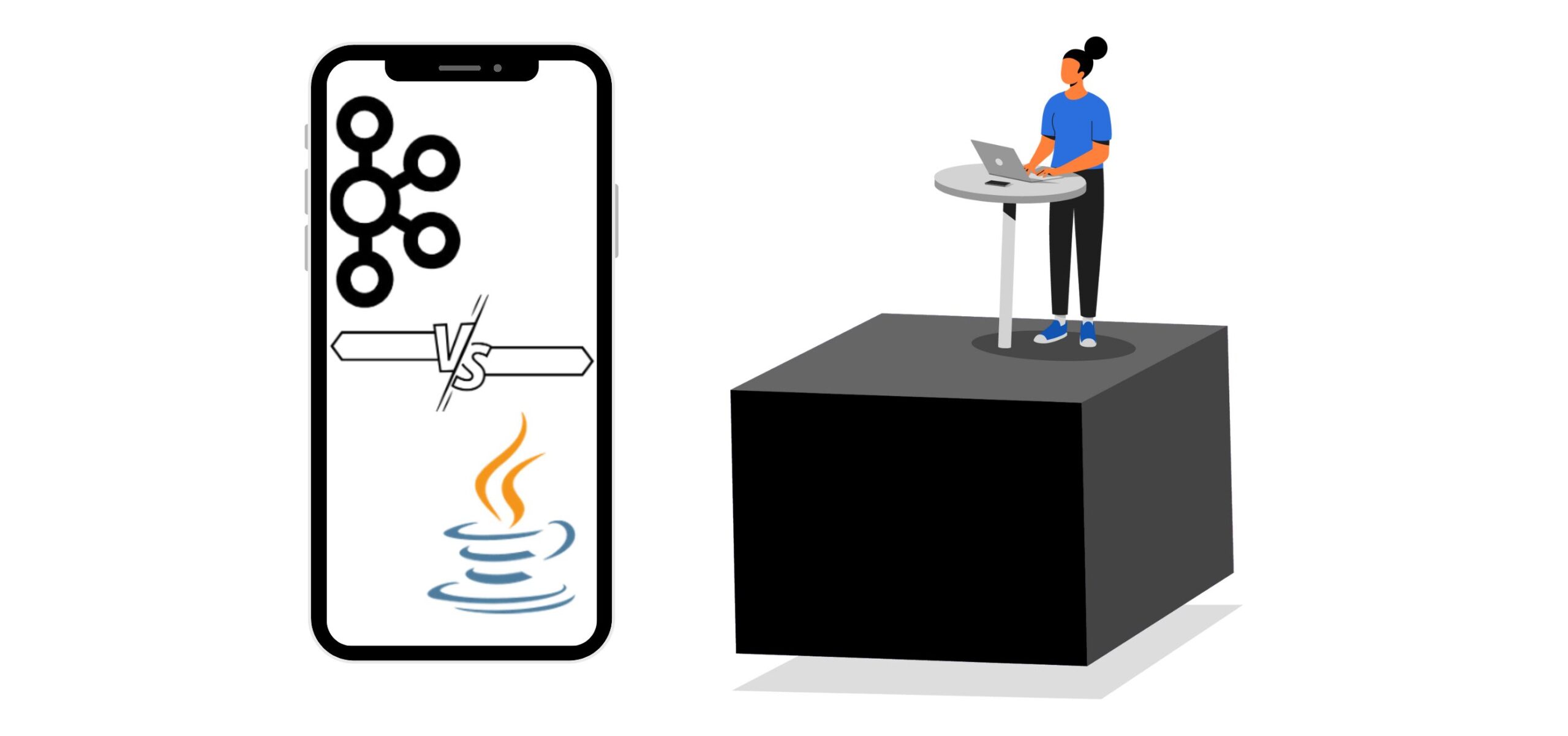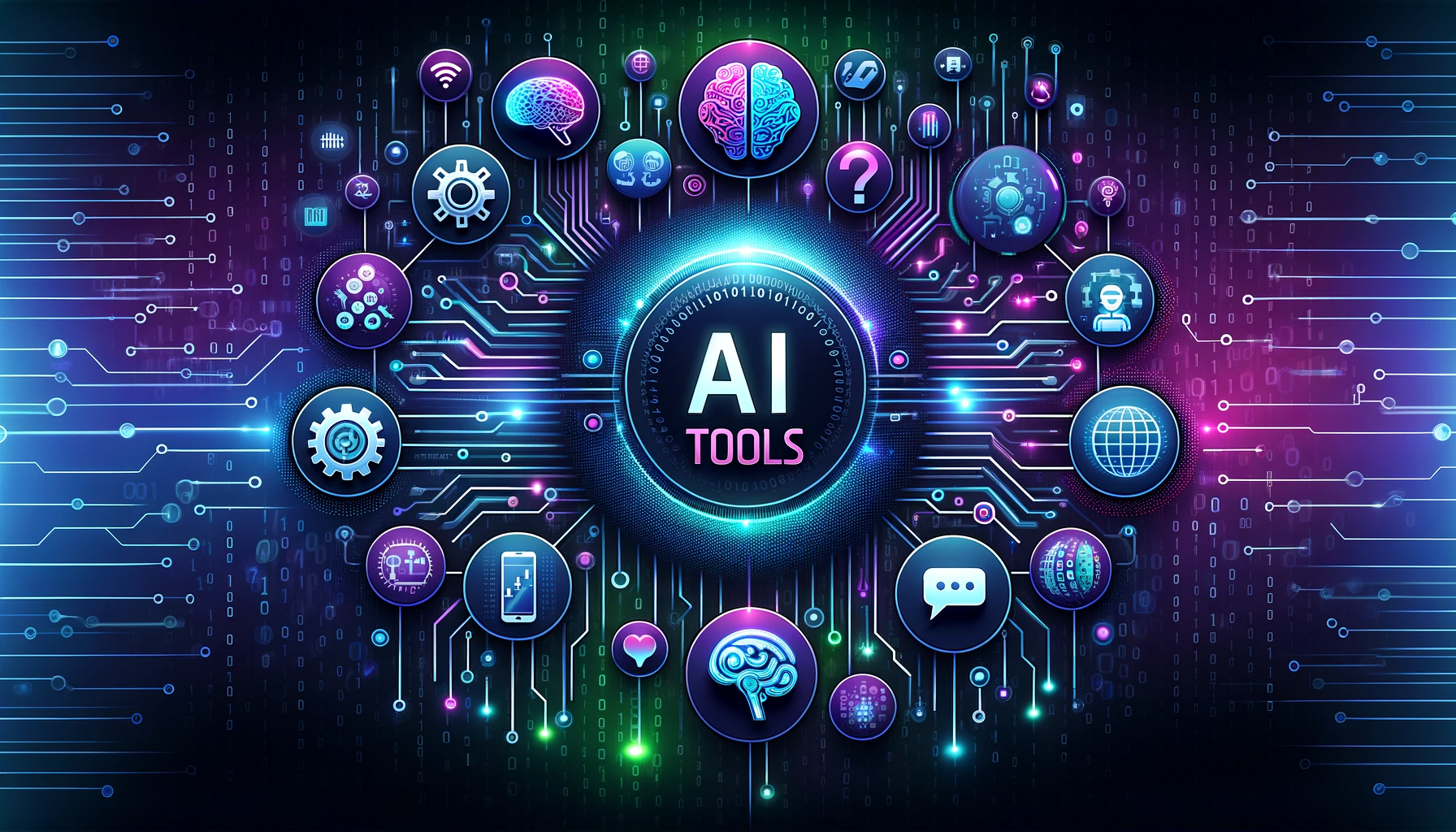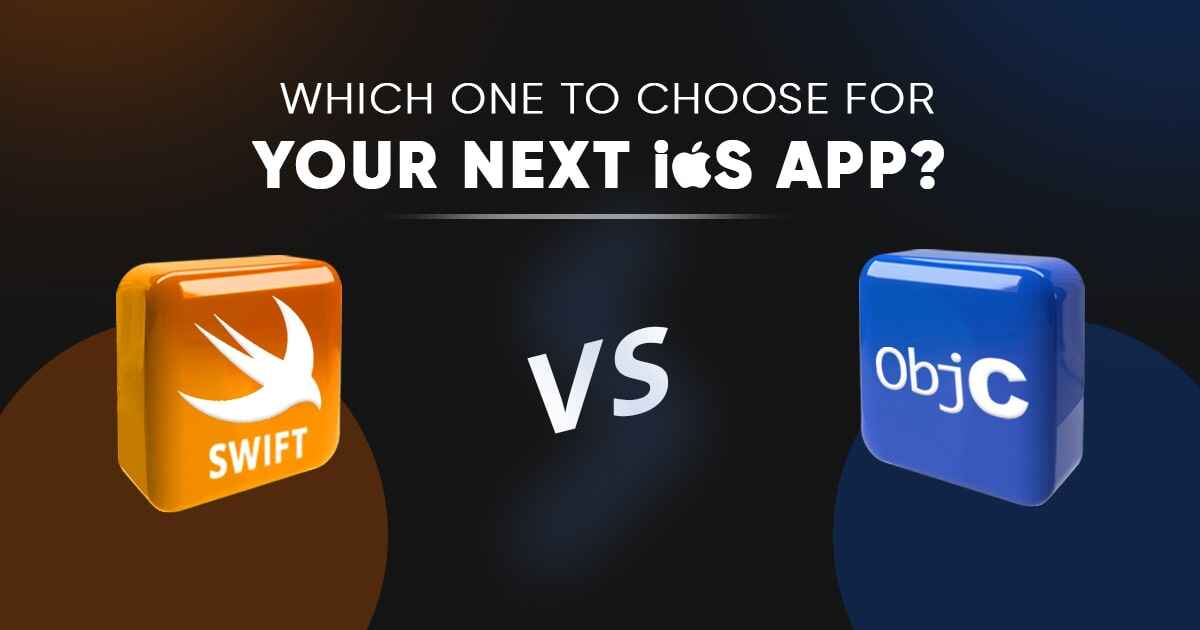Message brokers are intermediary software systems that enable communication between different applications by translating messages between formal messaging protocols. They play a crucial role in handling data transmission, ensuring that information is reliably passed from sender to receiver without being directly connected. This mechanism allows disparate systems to communicate seamlessly, irrespective of their underlying architecture or the technology used.
Importance in Modern Architecture
In modern software architecture, especially in distributed systems, microservices architectures, and real-time data processing applications, message brokers are essential. They facilitate scalable communication, improve system resilience by decoupling service dependencies, and manage load by buffering messages during peak traffic times. By using message brokers, organizations can enhance their operational efficiency and responsiveness, making them vital components in handling complex workflows, enhancing data consistency, and supporting asynchronous communication patterns in high-demand environments.
What is JMS?
Java Message Service (JMS) is a messaging standard that allows application components based on the Java Enterprise Edition (Java EE) to create, send, receive, and read messages. It enables distributed communication that is loosely coupled, reliable, and asynchronous. Essentially, JMS provides a way for Java applications to communicate with each other, sharing data and resources across different parts of a system or between different systems themselves. This communication is facilitated through the sending and receiving of messages, which can contain anything from simple text to complex data structures.
Importance of JMS:
The importance of JMS lies in its ability to decouple components of a distributed system. By doing so, it allows for greater scalability, reliability, and flexibility within applications. JMS supports both point-to-point queuing and publish/subscribe models, enabling efficient communication for a variety of application scenarios. This messaging standard is crucial for businesses that require consistent and reliable data exchange between different parts of their application infrastructure, without necessitating a direct connection between these components.
Furthermore, JMS provides a standardized way to implement messaging, which simplifies the development and maintenance of Java applications that need to communicate asynchronously.
Key Features of JMS:
- Asynchronous Communication: Allows senders and receivers to operate independently, improving the responsiveness and performance of application components.
- Reliability: Offers features such as durable subscriptions and message acknowledgment to ensure that messages are not lost in transmission.
- Scalability: Facilitates the growth of applications by allowing components to communicate efficiently, regardless of their location or the volume of messages being handled.
- Flexibility: Supports both point-to-point and publish/subscribe messaging models, catering to various application needs.
Advantages of JMS:
- Integration Flexibility: Enables integration of different components of a distributed system, regardless of their individual technologies or platforms.
- Improved Scalability and Reliability: By decoupling system components, JMS allows for the independent scaling of different parts of an application and ensures message delivery even in the event of system failures.
- Enhanced Productivity: Simplifies the development of complex, distributed Java applications by providing a standardized framework for messaging.
Drawbacks of JMS:
- Complexity in Setup and Management: Implementing and managing a JMS infrastructure can be complex, requiring specialized knowledge.
- Platform Dependency: While JMS is a standard for Java applications, it might not be suitable for environments that use a diverse set of programming languages or technologies.
- Performance Overheads: The abstraction layer added by JMS can introduce performance overhead, especially in high-volume, low-latency applications.
When to Use JMS:
JMS is best used in scenarios where application components require reliable, asynchronous communication without being directly connected. It's particularly useful in enterprise applications that involve complex interactions between numerous components, such as e-commerce platforms, financial services systems, and supply chain management applications. JMS is also suitable for applications that require a high degree of scalability and flexibility in their integration architecture.
Cost Of JMS (Java Message Service)
The cost of implementing JMS can vary widely depending on the specific requirements of the application, the choice of JMS provider, and the complexity of the deployment environment. While the JMS API itself is a part of Java EE and therefore not directly associated with additional costs, the choice of JMS server (broker) can lead to varying expenses.
Some open-source JMS brokers are available for free, whereas commercial solutions come with licensing fees that can be substantial. Additionally, the cost of development, maintenance, and potentially necessary hardware or cloud services to host the JMS infrastructure should also be considered.
What is KAFKA?
Apache Kafka is an open-source stream-processing software platform developed by the Apache Software Foundation, written in Scala and Java. It is designed to provide a unified, high-throughput, low-latency platform for handling real-time data feeds. Essentially, Kafka functions as a distributed publish-subscribe messaging system, with strong durability, fault tolerance, and scalability properties. It enables applications to process and analyze data in real-time and is widely used for building real-time streaming data pipelines and applications that adapt to data streams.
Importance of KAFKA:
Kafka plays a pivotal role in modern data architecture by facilitating real-time data processing and analytics. In an era where data is generated at unprecedented rates—from social media feeds, IoT devices, system logs, and more—Kafka helps organizations make sense of this data by enabling real-time data collection, integration, and processing. It provides a robust framework for storing, reading, and analyzing streaming data. Kafka's design principles ensure high throughput, scalable data streaming capabilities, making it indispensable for enterprises that require a reliable platform to handle massive volumes of real-time data efficiently. Its use cases range from real-time analytics and monitoring to data integration and event sourcing.
Key Features of Kafka:
- High Throughput: Kafka is capable of handling trillions of events a day, enabling businesses to process high volumes of data in real-time.
- Scalability: It can be scaled out horizontally to accommodate more data without downtime.
- Durability and Reliability: Kafka stores streams of data safely in a distributed, durable, fault-tolerant manner.
- Low Latency: It is designed to ensure low latency delivery of messages from producers to consumers.
- Flexibility: Supports a wide range of use cases, including log aggregation, stream processing, and event sourcing.
Advantages of Kafka:
- Real-time Processing: Kafka enables real-time data processing and analytics, allowing businesses to gain instant insights from their data streams.
- Scalability and Performance: It can efficiently process large volumes of data, making it suitable for big data applications.
- Fault Tolerance: Kafka's distributed nature ensures that data is not lost in the event of a node failure, enhancing system reliability.
- Versatility: Its wide range of applications—from logging and monitoring to complex event processing—demonstrates Kafka's flexibility in handling different data streams.
Drawbacks of Kafka:
- Complexity: Setting up and managing a Kafka ecosystem can be complex and requires a good understanding of its architecture.
- Operational Overhead: Maintaining a Kafka cluster, especially at scale, involves significant operational overhead.
- Limited Message Ordering Guarantees: Kafka guarantees order within a partition, not across partitions in a topic.
When to Use Kafka:
Kafka is best utilized in scenarios that involve high volume data streaming and require real-time analytics, such as monitoring user activity on a website, aggregating logs from multiple services, or integrating data between different applications. It's also well-suited for event-driven architectures and microservices where decoupling of system components is desired.
Cost of Kafka:
Apache Kafka itself is open-source and free to use. However, the total cost of ownership includes the infrastructure costs (servers, storage) and operational costs (setup, maintenance, monitoring). Cloud providers offer Kafka as a service (e.g., Amazon MSK, Confluent Cloud), which can reduce operational overhead but incurs usage-based fees. The cost will vary depending on the scale of your deployment, the level of resilience required, and the chosen hosting model (on-premises vs. cloud).
JMS vs. KAFKA
|
Feature |
JMS |
KAFKA |
|
Messaging Model |
Primarily point-to-point and publish/subscribe |
Publish/subscribe with a focus on streaming |
|
Performance |
High performance in enterprise environments, but generally considered to be lower than Kafka for large-scale message processing |
Designed for high throughput and scalability, handling millions of messages per second |
|
Durability |
Depends on the implementation but supports persistent delivery to ensure message durability |
High durability, with messages stored on disk and replicated across brokers for fault tolerance |
|
Scalability |
Scalable, but scalability depends on the specific JMS provider and might require more management effort |
Highly scalable, designed to handle massive data streams with minimal latency across distributed systems |
|
Fault Tolerance |
Provider-dependent; requires configuration for high availability |
Built-in fault tolerance through data replication and distributed architecture |
|
Use Cases |
Suitable for traditional enterprise messaging scenarios, including complex routing, transaction management, and synchronous requests |
Ideal for real-time data processing, large-scale event streaming, log aggregation, and operational monitoring |
|
Message Ordering |
Guarantees message order within a queue or topic |
Guarantees order within a partition, but not across partitions |
|
Flexibility and Complexity |
Often seen as more complex due to the variety of providers and configurations |
Offers simplicity in deployment and scaling but requires understanding of partitioning and consumer groups |
|
Community and Support |
Wide support across various vendors with different implementations |
Strong open-source community support, with commercial support available through providers like Confluent |
|
Ecosystem and Integration |
Integrates well with enterprise Java ecosystems and other JMS-compliant systems |
Rich ecosystem with connectors for integrating with a wide range of databases, streaming processors, and analytics tools |
This table provides a general overview of key differences between JMS and Kafka based on common features or considerations.
Considerations:
When deciding between JMS (Java Message Service) and Kafka for messaging needs, several considerations come into play, each crucial for ensuring that the chosen technology aligns with the specific requirements and goals of your project or organization.
1. Application Architecture and Use Case: The nature of your application significantly influences whether JMS or Kafka is more suitable. JMS, with its variety of messaging models, is well-suited for traditional enterprise applications that require complex transaction management, point-to-point messaging, or request-reply patterns. On the other hand, Kafka is designed for high-volume, high-velocity data streaming use cases, such as real-time analytics, event sourcing, and log aggregation.
2. Scalability Needs: Kafka shines in scenarios requiring massive scalability and high throughput. Its distributed architecture is built to handle large data streams efficiently across multiple servers. If your application demands the handling of millions of messages per second, Kafka might be the more appropriate choice. JMS can scale as well but might require more effort and resources to achieve similar scalability levels as Kafka.
3. Performance Requirements: While both JMS and Kafka offer high performance, Kafka's design gives it an edge in processing large volumes of data with minimal latency. It’s important to consider the performance implications of each technology in relation to the expected data volume and speed of processing required by your application.
4. Durability and Reliability: Both technologies provide mechanisms to ensure message durability and system reliability. Kafka's distributed nature and replication factor make it highly reliable for mission-critical applications. When evaluating JMS, consider the specific provider's capabilities around message persistence, acknowledgment patterns, and fault tolerance to ensure it meets your reliability requirements.
5. Development and Operational Complexity: Kafka tends to have a steeper learning curve and requires understanding concepts like partitioning, consumer groups, and brokers. JMS's complexity often lies in its configuration and the specific nuances of the chosen provider. Assess the skills available within your team and the operational overhead you're prepared to manage.
6. Integration and Ecosystem: Consider the ecosystems surrounding both technologies. Kafka boasts a rich set of integrations and tools for data processing and analysis, making it a strong candidate for environments emphasizing real-time data pipelines. JMS's integration capabilities are highly dependent on the provider but are generally well-suited for enterprise environments with existing Java-based applications.
7. Future Scalability and Evolution: Think about not only your immediate needs but also potential future requirements. Kafka's architecture is inherently designed to grow with your data needs, making it a robust choice for applications that anticipate significant growth in data volume or processing needs.
8. Cost: While Kafka itself is open-source, running it at scale (especially in a cloud environment) can incur significant costs. JMS costs can vary widely depending on the provider, with commercial options potentially introducing licensing fees. Consider both the initial and ongoing costs of each option, including development, deployment, and maintenance expenses.
Conclusion
In summary, the decision between JMS (Java Message Service) and Kafka hinges on several critical factors that reflect the unique needs and goals of your application or organization. JMS, with its flexible messaging models, excels in traditional enterprise environments where complex transaction management, synchronous communication, and integration with Java-based systems are paramount. Its provider-specific implementations offer tailored solutions that can fit into a variety of architectural requirements, making it a versatile choice for many enterprise applications.
On the other hand, Kafka stands out in scenarios demanding high throughput, scalability, and the processing of massive volumes of data in real-time. Designed with a distributed architecture at its core, Kafka enables applications to handle data streams efficiently, making it an ideal choice for real-time analytics, event-driven architectures, and large-scale logging and monitoring solutions. Its robust ecosystem further supports a wide array of integration possibilities, enhancing its appeal for modern, data-intensive applications.
When choosing between JMS and Kafka, it’s essential to consider:
- The specific use case and architectural requirements of your application.
- The scalability needs and performance expectations.
- The level of durability and reliability required.
- The complexity you're willing to manage in development and operations.
- Integration capabilities with existing and future systems.
- Cost implications, including initial setup and ongoing maintenance.
Reflecting on JMS and Kafka, it's clear that both technologies serve distinct yet equally valuable roles within the landscape of messaging and stream processing. The choice between them should be guided by a thorough understanding of your application’s requirements and an anticipation of its future needs. Whether prioritizing the advanced scalability and real-time processing capabilities of Kafka or the transactional integrity and flexibility of JMS, aligning the technology with your strategic goals is paramount.
FAQs
1. Is Kafka JMS compliant?
No, Kafka is not JMS compliant. While both are messaging systems, Kafka does not implement the JMS API. Kafka has its own set of APIs and client libraries for producing and consuming messages. JMS compliance refers to the capability to support the Java Message Service (JMS) API, which is a standard "messaging protocol" for sending messages between two or more clients. Kafka, instead, focuses on high-throughput, scalable, distributed event streaming.
2. What are the best JMS queue implementations?
Some of the widely recognized JMS queue implementations include ActiveMQ, RabbitMQ (with a JMS client plugin), IBM MQ, and HornetQ (now part of WildFly). These implementations are known for their reliability, scalability, and comprehensive feature sets that cater to various enterprise messaging needs. The choice among them often depends on specific requirements such as transaction management, clustering capabilities, and integration with existing Java EE applications.
3. Do we need to implement our own Queues for Kafka?
No, you do not need to implement your own queues when using Kafka. Kafka internally manages its queues through topics and partitions. Producers write data to topics, and consumers read from them. Each topic can be divided into multiple partitions to allow for data to be scaled across a cluster, providing high throughput and redundancy. Kafka’s architecture is designed to manage these queues efficiently without the need for external queue management.
4. Can we use JMS with Kafka?
While Kafka is not directly compliant with the JMS API, it is possible to integrate JMS-based applications with Kafka. This typically involves using a connector or a bridge that translates JMS messages to Kafka messages and vice versa. Such integration enables applications that rely on JMS to take advantage of Kafka’s scalability and performance benefits for certain use cases, especially those involving big data and real-time processing.
5. Is JMS a message queue?
JMS (Java Message Service) is not, in itself, a message queue but rather a specification that provides a common way for Java applications to create, send, receive, and read messages. It supports both point-to-point (Queue) and publish/subscribe (Topic) messaging models. Various messaging systems implement JMS and provide the actual message queue functionality, allowing JMS-based applications to leverage these underlying queues for messaging.
6. What is faster than Kafka?
Kafka is renowned for its high throughput and scalability in processing large volumes of data. However, newer technologies and architectures, such as Apache Pulsar, have emerged, offering comparable or improved performance in certain scenarios. Pulsar provides a unified messaging model with the flexibility of both streaming and queuing with low latency, making it competitive with Kafka in terms of performance. The choice between Kafka and other technologies like Pulsar would depend on specific use cases, architectural requirements, and performance criteria.





